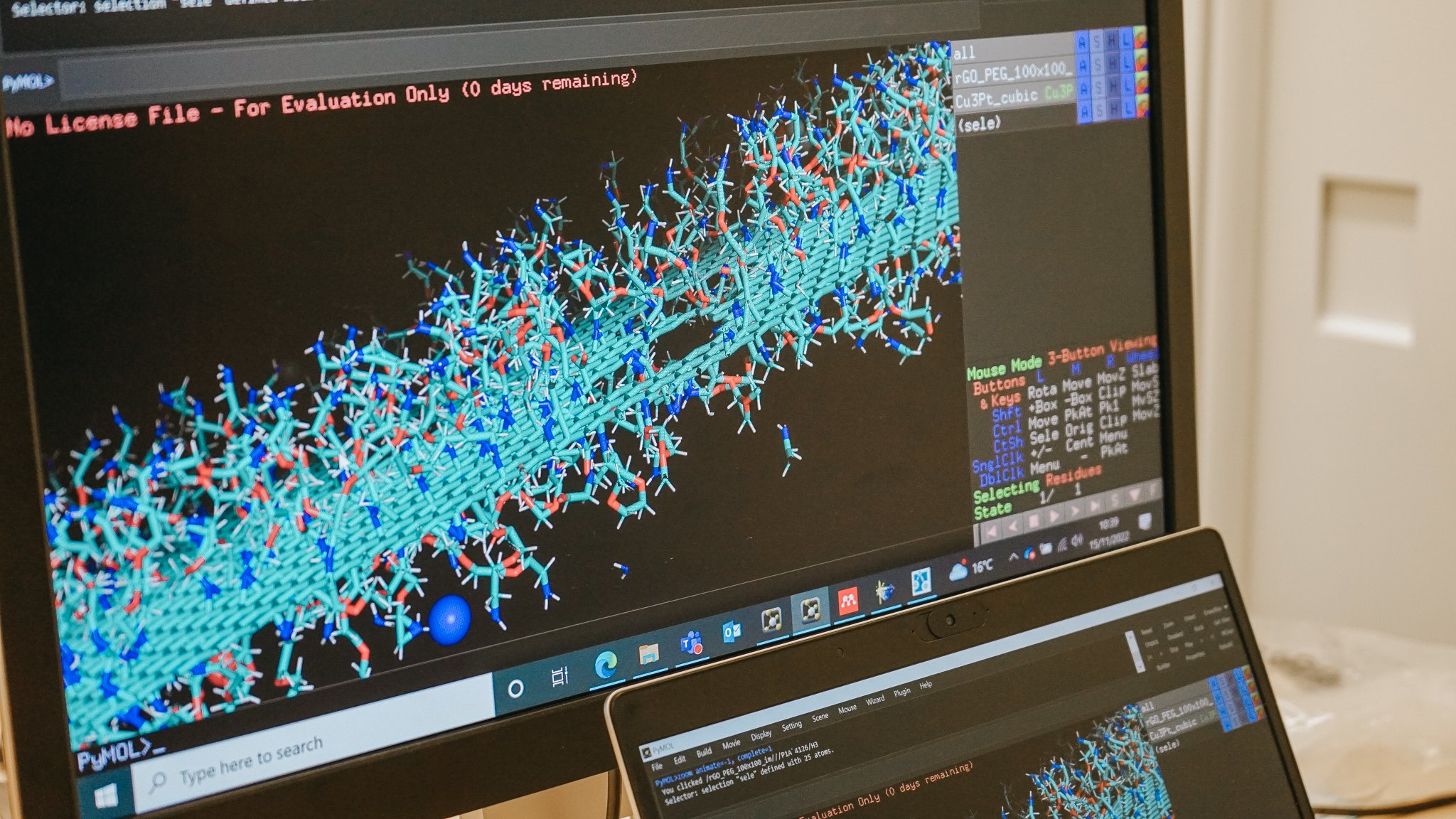Michael González-Durruthy on performing computational studies toward safer, efficient and rational nanomaterial design
Michael González-Durruthy, joined INL - International Iberian Nanotechnology Laboratory this year and he is currently working in the Nanosafety research group. He graduated in Pharmaceutical Sciences from the University of Havana Cuba with an M.Sc. in Experimental Toxicology. And he holds two PhD's - one in Physiological Sciences from the Federal University of Rio Grande, Brazil and a second PhD in Materials Science from the University of Santiago de Compostela, Spain, Department of Applied Physics.
Michael's research work and interests go from Computational biochemistry, Computational Nanotoxicology, Molecular Biophysics, Precision Nanomedicine, and MitoTarget-Drug Discovery. Please welcome Michael and know a bit more about his path below.
Can you tell us a bit about your path, your main area of work, and the importance of your work?
I graduated in Pharmaceutical Sciences from the University of Havana Cuba with an M.Sc. in Experimental Toxicology, from the same university.
My research covers the field of Computational Biochemistry mainly focusing on topics of Computational Nanotoxicology, Molecular Biophysics, Precision Nanomedicine, and MitoTarget-Drug Discovery.
Concerning my scientific path, I have a PhD in Physiological Sciences from the Federal University of Rio Grande, Brazil and a second PhD in Materials Science from the University of Santiago de Compostela, Spain, Department of Applied Physics. I also participate as a postdoctoral researcher as part of funded European projects in the Faculty of Sciences of the University of Porto – FCUP and BioISI – BioSystems and Integrative Sciences Institute in the Faculty of Sciences of the University of Lisbon. Being enrolled in several European projects aimed to risk evaluation and nanosafety of nanomaterials.
Currently, I work as a Research Fellow in Computational Toxicology at the Nanosafety research group at INL - International Iberian Nanotechnology Laboratory. Regarding the importance of my work, it is oriented to develop and implement computational in silico tools for Computational Nanotoxicology toward a rational and safe use of nanotechnology applications.
How would you explain the importance of your work area to a non-scientific person?
My research work is mainly focused on performing computational studies toward safer, efficient and rational nanomaterial design, with an emphasis on Nanotoxicology by performing predictive methods for nanosafety concerns and nano-risk evaluation.
Basically, these tools involve artificial intelligence as machine learning regression and classification-based models that allow the establishment of quantitative-structure-nanotoxicity relationships of nanoparticles and nanomaterials from different chemical natures and properties. Being the main objective to ensure an optimal balance between their physicochemical properties and their potential nanotoxicity toward a safety use for potential biomedical applications with the lowest health and environmental impact.
Also involving ethical concerns on the use and development of free-animal testing according to OECD principles on animal experimentation.
Briefly, what is a ‘day in the life’ of Michael and how can you inspire future students to follow this path?
I have a strong motivation for multidisciplinary challenges involving potential toxicological concerns derived from the use of nanotechnologies in our daily life. In this regard, my research daily routine turns around improved and widen the borders of Nanotoxicology as a growing field. In this regard, every day I keep improving my skills closely connected with recent advances in the computational toxicology field and related branches such as machine learning, structure-based methodologies such as molecular docking, and biophysics models that allow establishing quantitative-structure-nanotoxicity relationships of nanoparticles and nanomaterials toward a safe use of the nanotechnologies.
I encourage future students interested in this field to follow their dreams and keep their curiosity and motivation alive to find new perspectives and challenges on these cutting-edge topics. I do not doubt that it could take your scientific ambitions and personal dreams to the next level.



